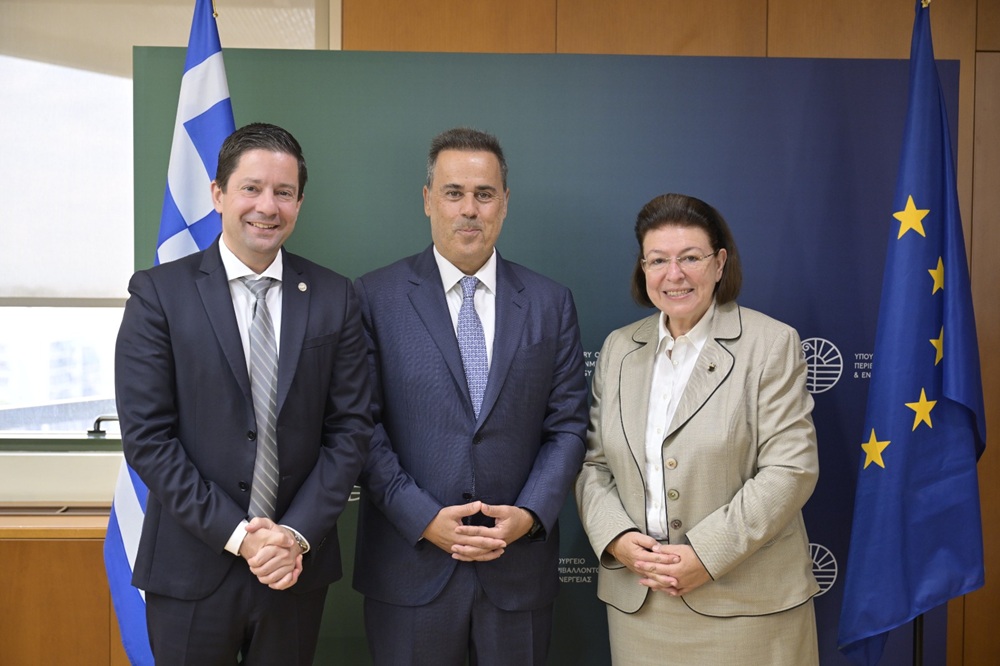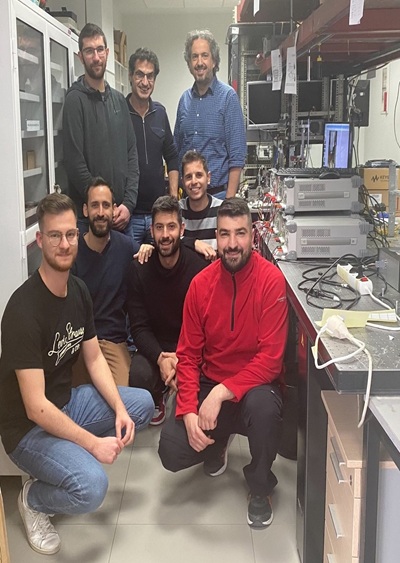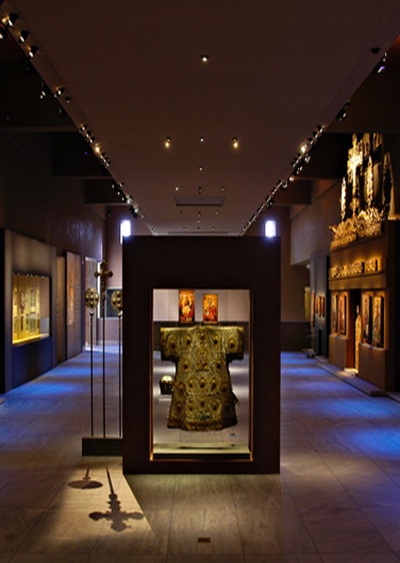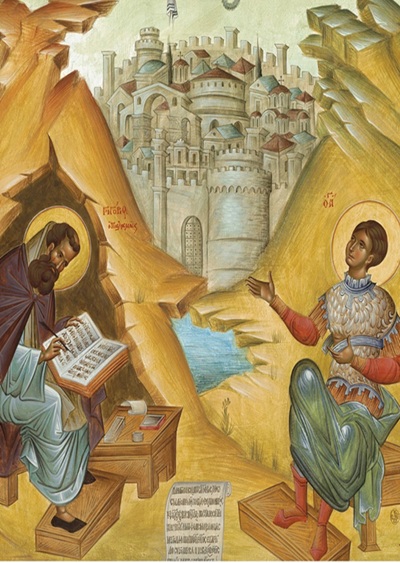
The protection and promotion of biodiversity in archaeological sites across the country, in direct correlation with their cultural heritage, is the subject of the new Cultural Development Program Agreement “Biodiversity in Archaeological Sites – BIAS II.”
The agreement was signed by Minister of Culture Lina Mendoni, Minister of Environment and Energy Stavros Papastavrou, Rector of the National and Kapodistrian University of Athens, Prof. Gerasimos Siassos, the Director of the National Research Foundation, Prof. Demosthenes Sarigiannis, the Vice-Rector for Research and Innovation at the National and Kapodistrian University of Athens and Chairman of the Research Committee, Prof. Efstathios Efstathopoulos, and the Managing Director of OFYPEKA, Konstantinos Triantis.
The BIAS II project, with a total budget of €1,090,120, is the continuation of the highly successful VIAS I project. The first program recorded more than 10,460 species of flora and fauna in 20 iconic archaeological sites, including the Acropolis, Olympia, Delphi, and Delos—proving that archaeological sites also function as biodiversity protection zones, beyond their cultural significance. BIAS I was internationally recognized as an innovative example of integrated protection of natural and cultural heritage. Greece’s unique geographical position at the crossroads of three continents and its rich paleogeographical history explain its great biodiversity: It is estimated that Greece is home to approximately 5,900 plant species and 35,000 animal species, many of which are endemic. Archaeological sites are not only “museums of history” but also “islands of life,” where the natural and cultural environments coexist in an organic whole.
Culture Minister Lina Mendoni stated: “The importance of archaeological habitats is impressive. While they represent less than 1% of Greek territory, they host almost 11% of Greek biodiversity. These figures are consistent with the fact that Greece is one of the countries with the greatest biodiversity, hosting one in three European species, while occupying only 1.3% of European territory. Greece is a unique place where nature and culture have coexisted uninterruptedly for millennia. Our archaeological sites are not only living monuments of history, but also valuable refuges for biodiversity. With “BIAS I,” more than 10,000 species of plants and animals were recorded in emblematic sites, demonstrating their dual importance: as monuments of world cultural heritage and as natural ecosystems of high value. With “BIAS II,” implemented in collaboration with the Ministry of Environment and Energy, the National and Kapodistrian University of Athens, the National Hellenic Research Foundation, and OFYPEKA, we are continuing this pioneering international initiative. Our goal is to ensure the preservation of this priceless natural and cultural wealth, to showcase it for future generations, and to enhance the sustainability of archaeological sites by connecting them meaningfully with local communities and the future of our country.
The Minister of Environment and Energy, Stavros Papastavrou, stated: “Our nature and culture, inextricably linked, are integral components of our homeland. That is why it is particularly important that the BIAS program for Biodiversity in Archaeological Sites, which borrows its name from one of the seven sages of antiquity, highlights and preserves these two aspects of our national wealth. Equally important is the fact that the BIAS II program, following on from the successful BIAS I program, which shed light on hidden connections, such as the constant presence of the natural element where ancient Greek civilization flourished, even more research bodies and university institutions are participating. The unique biodiversity of our country deserves our attention. It makes our country more attractive and therefore more powerful. Through OFYPEKA and our collaborations with the Ministry of Culture, the National and Kapodistrian University of Athens, the National Hellenic Research Foundation, and the Hellenic Research and Technology Foundation, we are preserving and promoting it. Warm congratulations to the initiators and all those involved in the project.
The programmatic agreement includes two sub-projects. The first, “Recording flora and fauna in archaeological sites,” will be implemented by the Biology Department of the National and Kapodistrian University of Athens and concerns the recording and bibliographic review of plant and animal species in each site. The second, “Biodiversity at archaeological sites,” will be implemented by the Institute of Historical Research of the National Hellenic Research Foundation and involves the study of data on flora and fauna from antiquity to the 18th century at 35 selected sites, through textual, epigraphic, archaeobotanical, and zooarchaeological sources, in collaboration with the relevant departments of the Ministry of Culture.
With “BIAS II,” research is expanding to even more archaeological sites throughout Greece, with the aim of highlighting the interaction between humans, history, and the natural environment. Indicatively, the program will be implemented in sites such as:
- Mycenae, in Argolis
- Knossos and Gortyna, in Crete
- Vergina, in Imathia
- Amphipolis, in Serres
- Monemvasia and Geraki Castle, in Laconia
- the Springs of Angitis, in Drama
- Dion, in Pieria,
- as well as important island sites such as Kastellorizo, Agathonisi, Nea Moni of Chios, and Heraion of Samos.







Leave A Comment